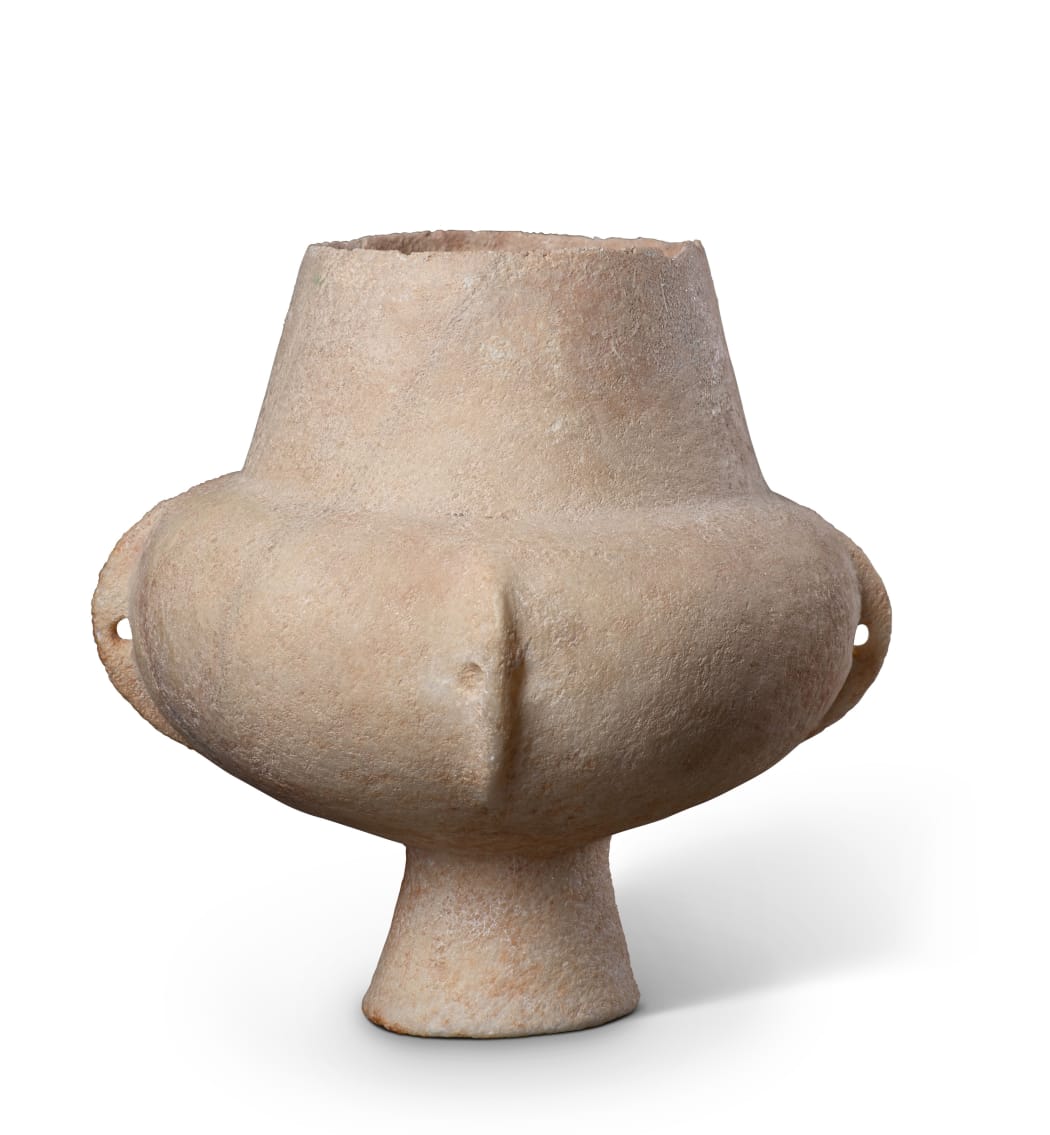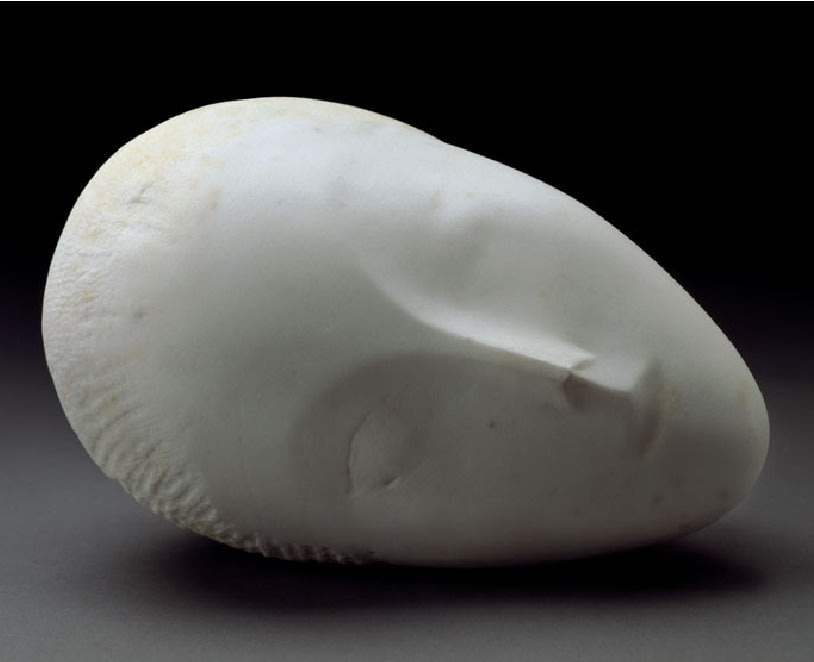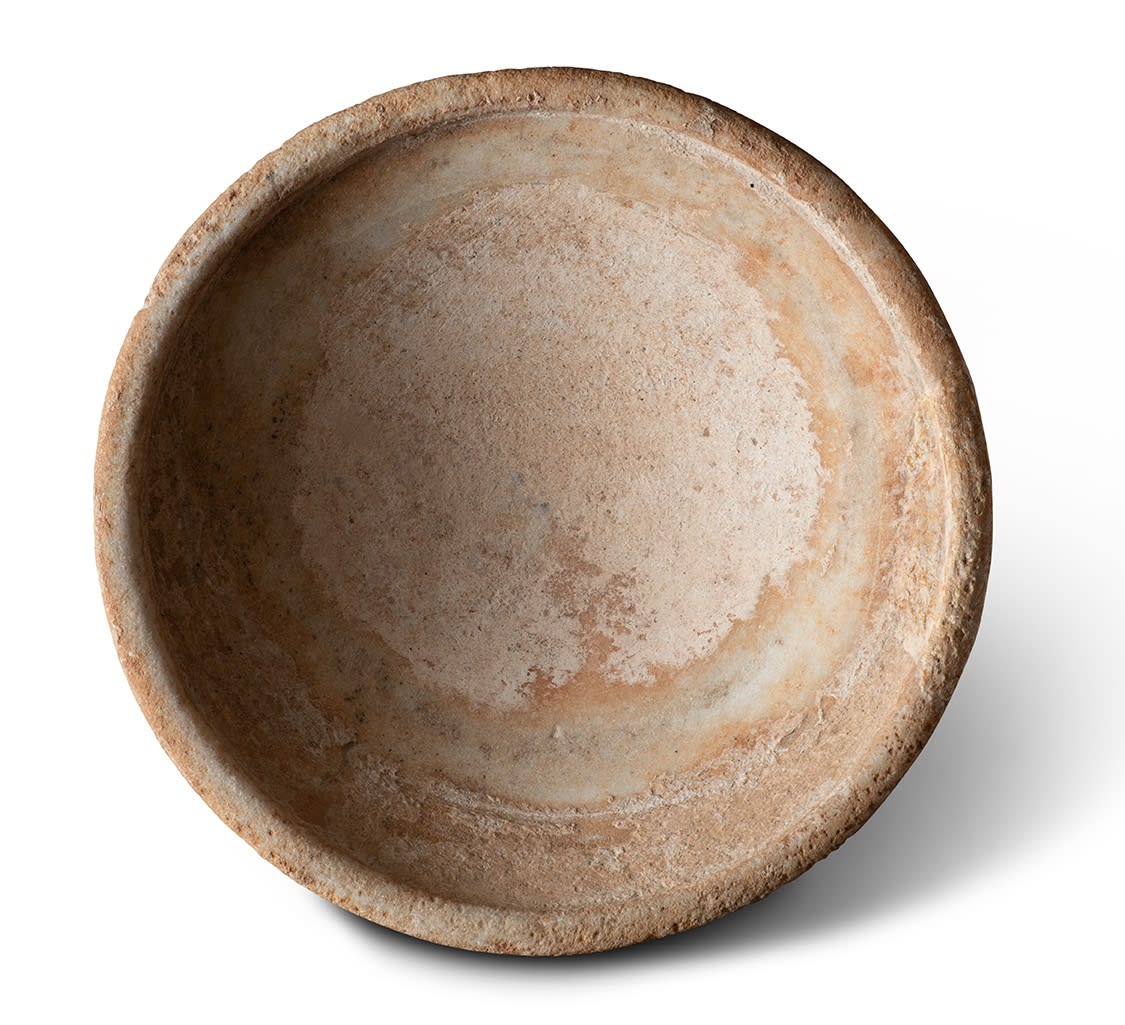‘Simplicity is complexity resolved’, Constantin Brancusi

The concept of the universal was the impetus behind the great art movements of Modernism – Fauvism, Cubism, Suprematism – as all sought to create a pure, emotive language of art. Spurred on by the notion that primitive cultures created instinctively, uninhibited by the rules and restrictions of the Western tradition, artists at the turn of the 20th century looked to alternative sources of inspiration. It is not difficult to see the formal influence of Cycladic art in the work of many of the leading proponents of the movement– Constantin Brancusi, Jean (Hans) Arp, Amedeo Modigliani, Henry Moore, Barbara Hepworth – all espoused the clean forms, simplified lines, and comforting volume that create the coveted stylisation for which Cycladic art is so regarded. In the vessels and idols we can see the fundamental and elementary characteristics they believed to embody true freedom of expression. And the resulting sculptures are wonderful: the elegant calm of Brancusi’s Sleeping Muse, odd for what is effectively a dismembered head, the force of life evident in Arp’s pristine Siren calling to mind the lyre player type and perhaps suggesting the (re)generative power of creative production, or the sensitively hollowed out and pierced forms of Hepworth.

Constantin Brancusi, Sleeping Muse (CC BY-SA 4.0)

Barbara Hepworth, Pierced Hemisphere (CC BY-NC-ND 2.0)
Looking at the play of light across the smoothed white marble of Cycladic idols and vessels, the parity between surface and form, one cannot but assume the Modernists were inspired by such pieces. The Kallos kandila is an example of the delicate balance that may have spurred sculptors on at the turn of the century towards a new language of art. The gently formed curvaceous volume of the bowl, so laboriously shaped and hollowed out by hand, is offset by the slightly angled straight lines of the foot and lip. The form, punctuated by precisely located and delicately drilled lug handles, all carefully smoothed using local emery and sand recalls the alternating geometry of Brancusi’s Endless Column, or Hepworth’s Pierced Hemisphere.

Constantin Brancusi, Endless Column (CC BY-SA 3.0 ro)
But the very elementary purity the Modernists seemed to value so in Cycladic art, like the crisp and perfect whiteness evident in our kandila, is not how these objects were intended to be viewed by the people that made them. All were painted. Traces of red and blue pigment remain, as do ‘paint ghosts’, areas of slightly raised relief where painted details of eyes (anatomical or otherwise), hair, necklaces and other adornments, on idols and vessels alike, slowed the natural wearing away of the marble surface. These remnants of pigment and paint are whispers of intent from their makers after the passing of millennia.
A Cycladic marble bowl, Keros-Syros Culture, Early Cycladic II, circa 2800 - 2300 BC
One can of course excuse the Modernists for thinking Cycladic art was devoid of colour. The remaining paint can be difficult to see and paint ghosts require very particular lighting to discern. Furthermore, however much they wanted to distance themselves from their predecessors in the 18th and 19th centuries, the Modernists inherited a strong bias for the sculpture of the ancient Greeks and Romans to be entirely monochrome.
So what of the notion that these ancient carvers created instinctively? Here too they were mistaken. The forms themselves are highly formalised. Through extensive study of the various types, Pat Getz-Gentle has found formulae in both the schematic 2-dimensional and the canonical idol types, and identified the approach to creating them as a fusion of abrasion, engraving, and painted representation, a craft that was honed and perfected through various stylistic developments. The vessels with their geometric purity cannot have been haphazardly made. The Kallos kandila displays an extraordinary refinement of design. Brancusi himself said ‘Simplicity is complexity resolved’, a thought that most certainly applies to Cycladic art generally, and the Kallos kandila specifically.
The Modernists may have taken some liberties with their assumptions. The temptation to see what we want in art pierces through the whole of art history. And the power of our bias can be great indeed. But surely this is the role of great art? To capture our imagination, to compel us forward to new ideas and new modes of expression? Now, imagine the kandila painted red, suspended from its lug handles, for what purpose, is still unknown – does it not seem more alluring for its very inscrutability?
For further reading and exploration visit the links below:
Picasso and Antiquity: Line and Clay Exhibition at The Museum of Cycladic Art, Athens - Click here
P. Getz Gentle, "Risk and Repair in Early Cycladic Sculpture": Metropolitan Museum Journal, v. 16 (1981) - Click here
